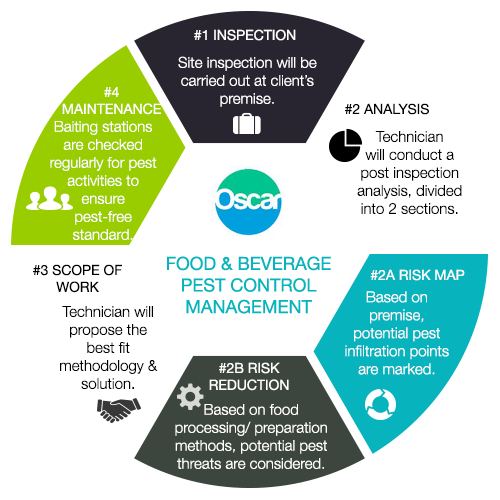Taking Care Of Rodent Infestations: Insights Into Rat Psychology
Taking Care Of Rodent Infestations: Insights Into Rat Psychology
Blog Article
Material Writer-Payne Thorsen
When it involves rodent control, recognizing usual rodent habits is essential to efficiently taking care of problems. Did you know that rodents have some interesting nesting routines that might shock you? By exploring their elaborate actions, you can acquire beneficial insights into just how to tackle rodent issues in an extra tactical and efficient manner. So, let's unwind the secrets behind these animals' activities and discover exactly how to outmaneuver them in your rodent control initiatives.
Rat Nesting Behaviors
When observing rodents in their natural environment, you'll notice that they proactively seek out products to build their nests. Rodents, such as mice and rats, are resourceful creatures that use a range of things like twigs, leaves, paper, and fabric to develop their homes. They're careful in their nest-building process, frequently lining their nests with softer products like fur or plumes to develop a cozy setting.
Rats choose to build their nests in surprise and protected locations to protect themselves and their young from killers. Common nesting spots consist of wall dental caries, attics, cellars, and even within insulation materials. By creating their nests in these private locations, rodents can safely elevate their spawn far from possible risks.
https://blog.humanesociety.org/2022/01/virginia-wildlife-killing-contests-humane-society-investigation.html is essential to comprehend the nesting behaviors of rodents when carrying out control measures. By interrupting their nests or removing products, you can discourage rodents from developing a visibility in your home or residential property. Proper hygiene and sealing entry points are likewise vital action in protecting against rodent infestations.
Rodent Feeding Patterns
After observing rodents' nesting routines, it becomes obvious that their feeding patterns play a crucial duty in their every day lives and habits. Rodents, including mice and rats, are opportunistic feeders, implying they'll eat whatever food resource is easily available. They're primarily nighttime creatures, favoring to forage for food during the cover of evening to stay clear of predators.
Rats have a varied diet plan, ranging from grains, seeds, fruits, and vegetables to pests, nuts, and even tiny pets. This flexibility in their food selections permits them to flourish in various environments, consisting of urban areas where human food resources are plentiful.
Their feeding patterns aren't just driven by cravings yet additionally by the need to stock food for times of shortage. This habits is specifically obvious in preparation for winter months or when nesting. Rats are understood to hoard food in their nests or burrows, making sure a constant food supply. Understanding their feeding patterns is vital in implementing reliable rodent control procedures to disrupt their food sources and prevent problems.
Rat Activity and Traveling
Rodents browse their environments with agility and stealth, using their eager detects to relocate quickly via their atmospheres. These creatures are adept mountain climbers, able to range walls and upright surface areas with ease. They can also press through remarkably small openings, making it essential to seal any kind of potential access factors in your house.
When it pertains to traveling, rodents have a tendency to follow familiar courses, producing trails along wall surfaces or skirting the sides of spaces. They're creatures of habit, often sticking to these developed courses as they forage for food or explore their environments.
Rats are known for their nocturnal practices, so you may hear them scurrying around at night as they search for food and water. Their activities fast and erratic, allowing them to dart in and out of view in the blink of an eye.
Understanding how rats relocate and travel can help you identify prospective infestation locations in your home and take proactive steps to stop these bugs from getting a grip.
Final thought
As you function to manage rodents in your house, keep in mind that recognizing their habits is crucial. By identifying their nesting behaviors, feeding patterns, and motion, you can effectively prevent infestations.
Together, by taking drywood termite treatment to eliminate food sources and seal entrance points, you can interrupt their familiar paths and require them to seek out brand-new locations, eventually minimizing the chance of rodent visibility in your home.
